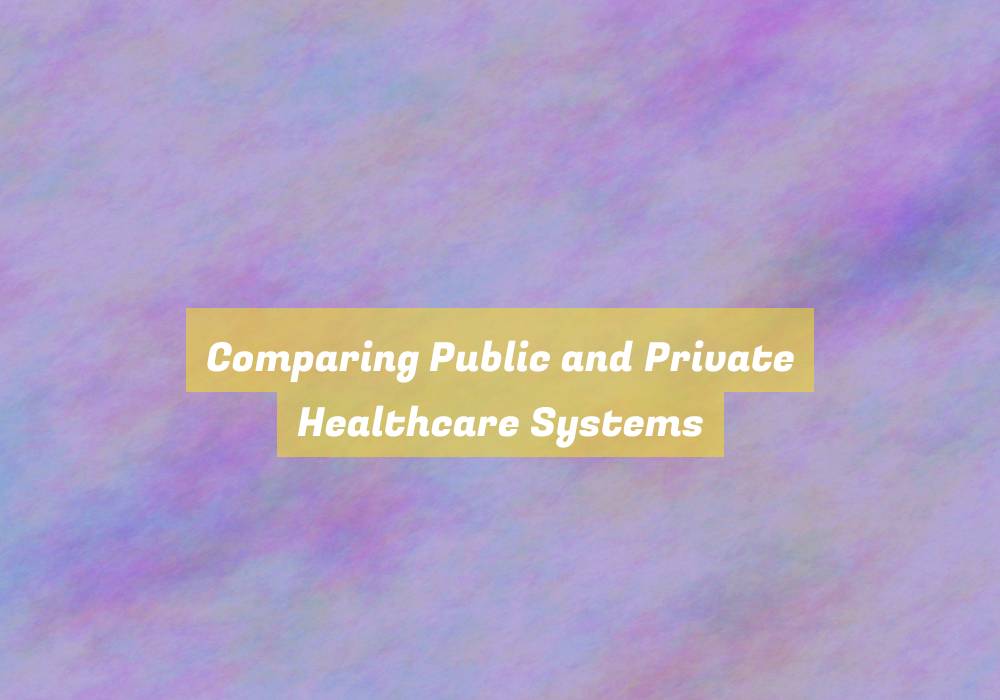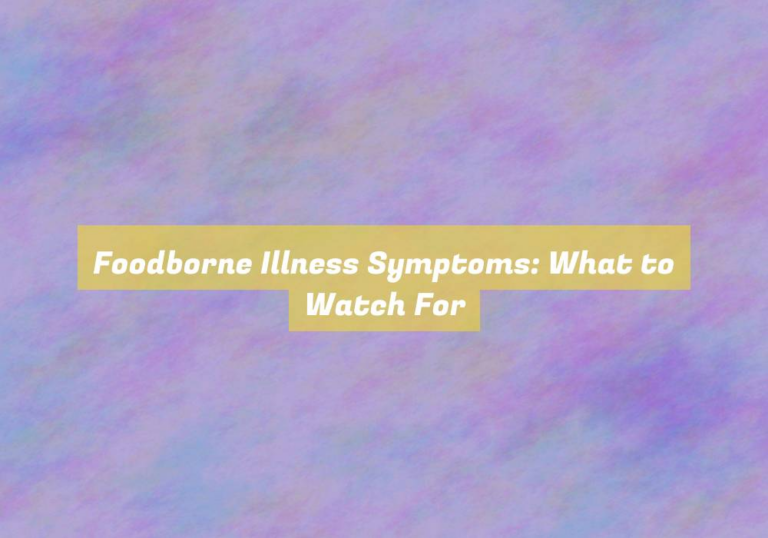Comparing Public and Private Healthcare Systems
Comparing public and private healthcare systems is like navigating through a maze of options, each with its own set of advantages and drawbacks. As you consider the best approach to managing your healthcare needs, itG??s essential to weigh the pros and cons of both systems.
The differences in accessibility, quality of care, cost, and patient experience can often be significant, and understanding these distinctions can greatly impact your overall healthcare journey. Whether youG??re currently enrolled in a specific healthcare system or exploring your options, gaining insight into the nuances of public and private healthcare systems is crucial for making informed decisions about your health and well-being.
Accessibility of Healthcare Services
When considering the accessibility of healthcare services, itG??s crucial to evaluate the ease with which you can obtain necessary medical care. In a public healthcare system, you might face longer wait times for non-emergency procedures, as the system serves a larger population with limited resources. On the other hand, in a private healthcare system, you may experience shorter wait times and have more options for specialists and treatments, given that you can afford the costs or have suitable insurance coverage.
In a public system, you might encounter challenges in accessing certain medical facilities or services due to geographical limitations or resource constraints. Private healthcare, however, often provides more flexibility in choosing healthcare providers and scheduling appointments, as it operates based on market demand and competition.
Moreover, public healthcare systems may prioritize essential services, while private systems can offer a wider range of elective procedures and specialized treatments. ItG??s important to consider your individual needs and financial situation when evaluating the accessibility of healthcare services within each system.
Quality of Care and Treatment
In evaluating the quality of care and treatment, you can assess the effectiveness and outcomes of medical interventions and procedures within both public and private healthcare systems.
In the private sector, thereG??s often a perception of higher quality care due to shorter wait times for appointments and procedures. Private facilities may also have access to newer medical technologies and treatments.
However, the public healthcare system strives to provide quality care to all individuals, regardless of their ability to pay. Public healthcare systems often focus on preventive care and population health, aiming to improve overall health outcomes. Additionally, public hospitals are more likely to handle complex cases and medical emergencies, contributing to their expertise in certain areas of care.
ItG??s important to note that quality of care can vary widely within both public and private systems. Factors such as patient outcomes, safety measures, and patient satisfaction should be considered when evaluating the quality of care and treatment in these different healthcare settings.
Cost and Financial Considerations
Considering the impact of healthcare costs on both public and private systems, itG??s essential to analyze the financial considerations associated with accessing care.
In the public healthcare system, costs are typically covered by government funding, which is obtained through taxes. This means that individuals contribute to the system based on their income, and the care received is often subsidized or free at the point of use. However, the downside is that waiting times for non-urgent treatments can be longer due to resource constraints.
On the other hand, private healthcare systems involve a different financial model, where individuals or their employers pay for insurance or services directly. This can lead to quicker access to specialists and treatments, but it also means that those without insurance may struggle to afford care. Additionally, the cost of private healthcare can be substantial, and coverage may vary widely depending on the plan.
When comparing the two systems, itG??s important to weigh the trade-offs between accessibility, quality, and cost. Both public and private systems have their advantages and drawbacks, and understanding the financial implications is crucial for making informed decisions about healthcare.
Patient Experience and Satisfaction
To gauge patient experience and satisfaction, consider the ease of access to care and the quality of interactions with healthcare providers. In the private healthcare system, patients often experience shorter wait times for appointments and procedures. The emphasis on customer service in private facilities can lead to a more pleasant and efficient experience. Additionally, private healthcare providers may offer a wider range of amenities and conveniences to enhance patient comfort.
On the other hand, in the public healthcare system, access to care can sometimes be hindered by longer wait times for non-emergency services. However, public healthcare systems often serve a more diverse patient population and may have a greater range of specialized services. Patient satisfaction in public healthcare can be influenced by the quality of interactions with healthcare providers. Compassionate and attentive care from public healthcare professionals can significantly impact patient satisfaction despite potential challenges with accessibility.
In both systems, patient satisfaction is closely tied to the quality of interactions with healthcare providers. Empathy, communication, and personalized care contribute significantly to overall patient experience and satisfaction, regardless of the type of healthcare system.
Conclusion
In conclusion, when comparing public and private healthcare systems, itG??s important to consider several factors.
Firstly, accessibility is a key consideration. Public healthcare systems often provide universal coverage, ensuring that everyone has access to basic healthcare services. On the other hand, private healthcare can sometimes be more exclusive, with limited access for those who cannot afford it.
Secondly, the quality of care is another important aspect to evaluate. Public healthcare systems may struggle with long wait times and limited resources, while private healthcare systems often offer shorter wait times and a wider range of treatment options.
Thirdly, cost is a significant consideration. Public healthcare systems are typically funded through taxes and provide care at little to no cost for patients. Private healthcare, however, can be expensive and may require individuals to purchase health insurance or pay out-of-pocket for services.
Lastly, the patient experience is a crucial factor. Public healthcare systems may lack personalized care and individual attention, while private healthcare often provides a more personalized and comfortable experience for patients.
Both public and private healthcare systems have their strengths and weaknesses, and the choice between the two ultimately depends on individual priorities and needs. ItG??s essential to weigh the pros and cons of each system to make an informed decision about which healthcare system would best suit your specific circumstances.






You bring up a critical point regarding accessibility in healthcare, which often feels like the most immediate advantage—or disadvantage—of the public versus private systems. My personal experience aligns with your observations; I’ve known people who’ve opted for private care to avoid the seemingly endless wait times that often come with public systems, especially for elective surgeries. This, however, raises the question of equality in healthcare access.